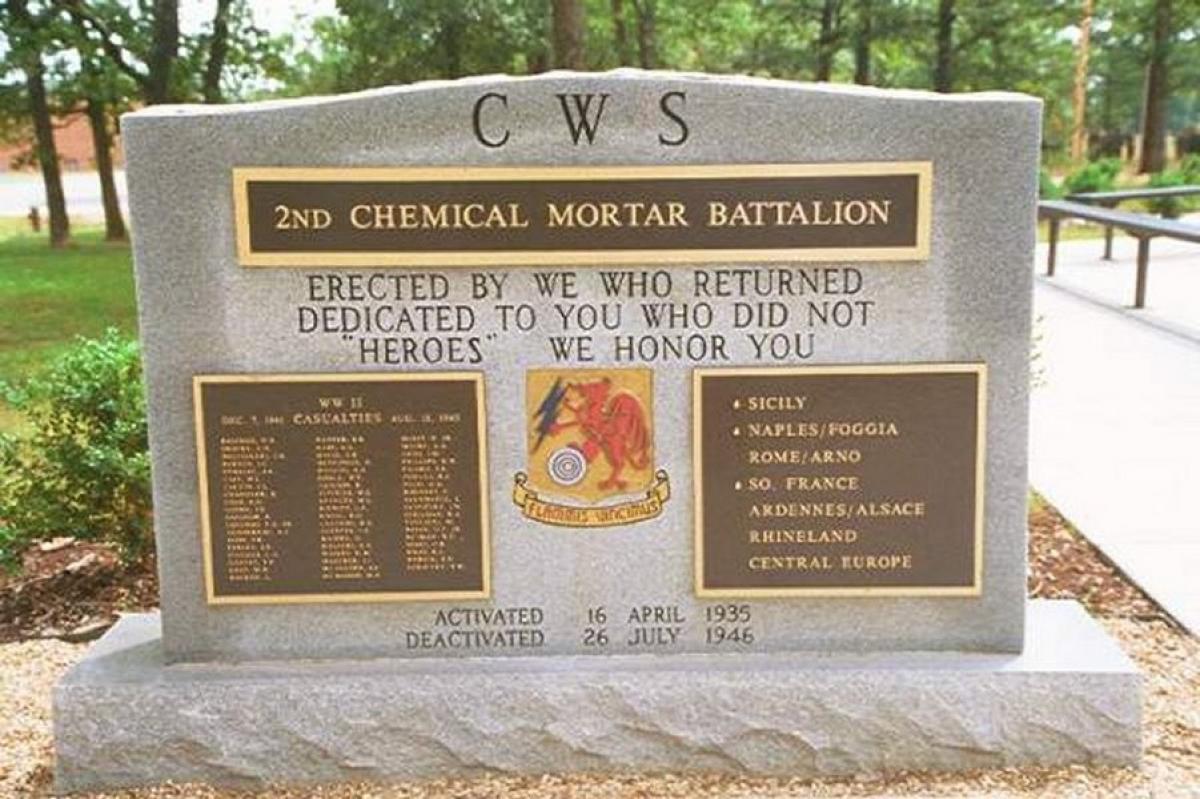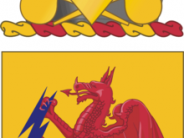- Our Community
- Community Overview City History Community Demographics Chamber of Commerce Events and Activities City Calendar City Parks On-Line Store Cemeteries Local Weather Photo Gallery
- Library School District Public Safety Emergency Management Police Fire ADA Compliance Americans with Disabilities Wall of Honor Wall of Honor
- Grove Regional Airport Grand Lake Association INTEGRIS Grove Hospital Har-Ber Village Lendonwood Garden Playmakers Theatre Cayuga Mission
- Doing Business
- Welcome Visitors
- Grand Lake Association Grove Area Chamber of Commerce Grove Regional Airport Playmakers Theatre
- Cayuga Mission Har-Ber Village Lendonwood Garden Grand River Dam Authority (GRDA)
- On-line Store Photo Gallery Events Where to Eat Where to Stay Where to Park in Downtown Grove Wolf Creek Park & Boating Facility
- Inside City Hall
- Contact City Hall Staff Directory Submit a Complaint or Comment City Code Comprehensive Plan Jobs - Equal Opportunity Employer Non-Discrimination Download Employment Application Submit Employment Application
- Agendas and Minutes City Council Boards and Committees Convention and Tourism Bureau Economic Development Authority Municipal Airport Authority Municipal Service Authority Planning and Zoning Board Zoning Board of Adjustments ADA Compliance Americans with Disabilities
- Departments Administration Airport Buildings and Grounds Community Development Economic Development Finance Fire Emergency Management Municipal Court Police Public Works Utility Services
- Helpful Resources
- Alerts and Notifications Email Subscriptions Events and Meetings Agendas and Minutes City Calendar In the News City News
- Contact the City Staff Directory Submit a Request or Concern Code Red Code Red Login Documents and Forms Documents and Reports Forms, Permits and Applications Maps
- Social Media City of Grove on Facebook Wolf Creek Park on Facebook Grove Animal Control on Facebook Frequently Asked Questions Frequently Used Numbers Helpful Links
United States Army 2nd Chemical Mortar Battalion

U. S. ARMY 2ND CHEMICAL MORTAR BATTALION - The United States chemical mortar battalions were army units attached to U.S. infantry divisions during World War II. They were armed with 4.2 in (107 mm) chemical mortars. For this reason they were also called the "Four-deucers".
The 2nd Chemical Battalion is a United States Army chemical unit stationed at Fort Hood, Texas, United States, and is part of the 48th Chemical Brigade. The battalion can trace its lineage from the 30th Engineer Regiment (Gas and Flame) and has served in World War I, World War II, Korean War, Operation Desert Storm, and Operations Enduring Freedom and Iraqi Freedom. The 2nd Chemical Battalion currently consists of the Headquarters and Headquarters Detachment, 44th Chemical Company, and 181st Chemical Company at Fort Hood, Texas, and the 21st Chemical Company at Fort Bragg, North Carolina.
World War I
The 30th Engineer Regiment served in France during World War I equipped with the 4 inch Stokes Mortar. On 13 July 1918, it was redesignated as the 1st Gas Regiment and following the end of World War I, the regiment was disbanded on 28 February 1919 at Camp Kendrick, New Jersey. During World War I, as the 30th Engineer Regiment, the unit participated in campaigns at Flanders, Lys and Lorraine in 1918. Once reconstituted as the 1st Gas Regiment the unit was awarded additional battle streamers for combat participation at Aisne-Marne, St. Mihiel, and the Meuse-Argonne Offensive.
During World War I, the 1st Gas Regiment (as it was then called), several Major League Baseball figures served in the regiment. These included:
- Branch Rickey, then general manager of the St. Louis Browns (later of the St. Louis Cardinals and Brooklyn Dodgers)
- Ty Cobb, outfielder for the Detroit Tigers
- Christy Mathewson, pitcher for the New York Giants
World War II
Arriving in North Africa on June 22, 1943 for the upcoming Allied invasion of Sicily and arrived in Sicily on July 10th and was then redesignated on September 7, 1943 as the 2nd Chemical Mortar Battalion, Motorized before participated in the Allied invasion of Italy on September 9, 1943. The battalion also participated in operations in Naples-Foggia, Rome-Arno, Ardennes-Alsace, Southern France, Central Europe, and the Rhineland and December 31, 1944, the battalion was redesignated the 2nd Chemical Mortar Battalion. The unit was disbanded in July 1946 while in Germany. The battalion lost a total of 54 men during World War II.
Cold War and Beyond
Reactivated on February 1, 1949 at Army Chemical Center, Maryland by absorption of the men and equipment of the recently deactivated 91st Chemical Mortar Battalion. With the outbreak of the Korean War, the unit arrived at San Francisco Port of Embarkation, California, on September 19, 1950 and arrived in Pusan, South Korea on October 8, 1950. Equipped with the 4.2 inch mortar, and served with the Eighth Army, supporting six United States divisions, eight Republic of Korea divisions, and the 27th British Commonwealth Brigade. In 1953, the men and equipment were redesignated as 461st Infantry Battalion (Heavy Mortar), while the unit became the 2nd Chemical Weapons Battalion (Headquarters Company). During the Korean War, the battalion served 1,007 consecutive days in action without relief and lost 62 men.
Traditions
Early on the 30th Engineer Regiment became known as the "Hell Fire Battalion", and its soldiers as the "Hell Fire Boys". A November 15, 1917 story in the Baltimore Evening Star stated: If His Satanic Majesty happened to drop around at the American University training camp to-day, he would see the "Hell Fire Battalion" at work and might blush with envy. On the War Department records the battalion is known as the "Gas and Flame Battalion of the Thirtieth Regiment Engineers." Throughout the Army they are known as the "Hell Fire Boys".
Click any thumbnail image to view a slideshow

